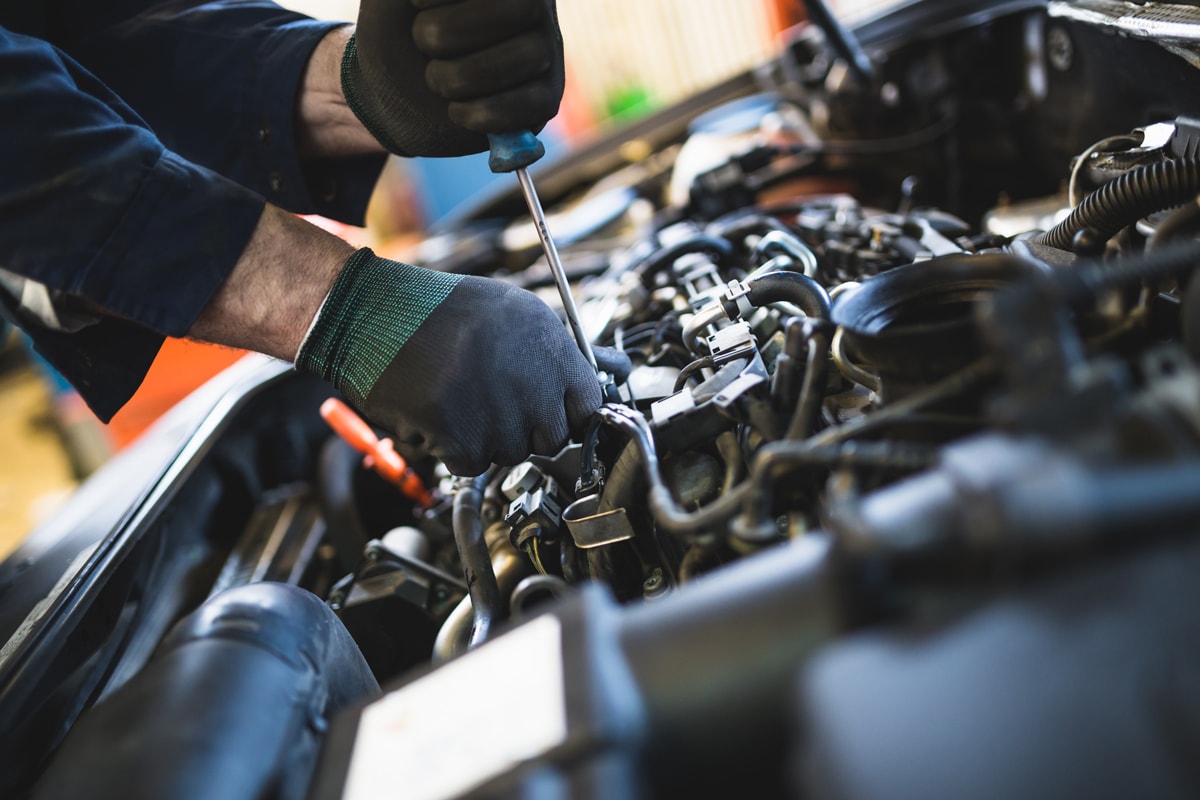All Categories
Featured

Every car, despite its make or design, requires normal maintenance to make certain ideal performance and longevity. Nevertheless, specific automobiles might have unique requirements based upon their purpose, style, and design. Whether you drive an everyday commuter, a tough off-roader, or a deluxe vehicle, preserving your cars and truck according to its make and model is vital to minimizing repair service costs and staying clear of failures. In this article, we'll consider general upkeep advice for preferred vehicle makes and designs, so you can keep your car running smoothly.
- Ford Vehicles: Focus on Oil and Transmission Maintenance. Ford cars, such as the Ford F-150, Mustang, and Getaway, are developed for performance, and to maintain them running at their ideal, routine oil changes are critical. The majority of Ford models require an oil adjustment every 5,000 to 7,500 miles, depending on the kind of oil made use of. Transmission fluid must additionally be examined and changed according to the maker's suggestions. This is particularly vital for vehicles like the F-150, which are typically utilized for sturdy tasks. In addition, pay focus to brake pads, as they can wear out much faster on Ford trucks and SUVs that see a great deal of hauling or lugging.
- Honda Autos: Focus On Timing Belts and Suspension Checks. Honda cars, consisting of the Honda Civic, CR-V, and Accord, are known for their resilience and durability. To keep them running efficiently, timing belt replacement is important, generally every 60,000 to 100,000 miles, depending upon the engine. Disregarding the timing belt can cause severe engine damage. Suspension components additionally need attention, particularly for older models. It may be time to inspect your struts and shocks if you listen to uncommon noises or experience a bouncy trip. Regular checks of brake pads, liquid levels, and air filters will likewise assist preserve performance and efficiency.
- Toyota Cars: Regular Fluid Checks and Tire Treatment. Toyota versions, such as the Camry, RAV4, and Highlander, are developed for effectiveness and integrity. Keeping liquid levels is a key component of keeping your Toyota running efficiently. Engine oil must be changed every 5,000 to 7,500 miles, depending upon the kind of oil. Be sure to check various other liquids as well, such as coolant, brake fluid, and power guiding fluid. Toyota automobiles also call for routine tire upkeep; check tire stress regular monthly and rotate the tires every 6,000 to 8,000 miles to make sure even wear. If you possess an older design, do not forget to check the timing belt or chain, which may need changing every 100,000 miles.

- Chevrolet Automobiles: Focus On the Exhaust System. Chevrolet automobiles, such as the Chevy Silverado, Malibu, and Equinox, are known for their flexibility. Nonetheless, one area that is often forgotten is the exhaust system. Due to the sturdy nature of some versions, specifically vehicles like the Silverado, it is very important to inspect for rust or leakages, especially if you live in an area that uses road salt in winter season. The brake system also requires attention, particularly if the car is used for lugging or heavy training. Routine evaluation of the brake pads and liquid levels will aid guarantee safety and security. The battery must be evaluated periodically, specifically in cool climates where extreme temperatures can drain pipes the power.
- BMW Cars: High-Performance Take Care Of Longevity. BMW models, including the BMW 3 Series, X5, and M Series, are made for high efficiency and luxury. To maintain your BMW in leading condition, regular upkeep is vital. Engine oil changes must occur every 7,500 miles for many designs, but constantly refer to the proprietor's guidebook for specifics. Cooling system maintenance is likewise vital, as getting too hot can lead to pricey repair work. Maintain an eye on the radiator and coolant levels. Furthermore, BMWs with turbocharged engines need to have their air filters replaced on a regular basis to avoid bad air intake. Brake liquid requires to be replaced every 2 years, and brake pads ought to be examined commonly.
- Mazda Cars: Timing Chain and Brake Upkeep. Mazda cars, such as the Mazda3, Mazda CX-5, and Mazda6, are constructed for dexterity and performance. One upkeep job Mazda owners should maintain in mind is the timing chain, which, unlike a timing belt, typically lasts the life time of the engine. It still requires evaluation, specifically as the automobile ages. Brake maintenance is another essential area, as brake pads and blades can break extra quickly on flashy versions like the Mazda MX-5 Miata. Routine brake liquid checks are crucial for keeping brake system performance. Mazda owners should also bear in mind the shock absorber, particularly if the car experiences rough driving conditions.
- Hyundai Automobiles: Concentrate On Fluid Changes and Tire Health. Hyundai automobiles, such as the Hyundai Elantra, Sonata, and Santa Fe, are recognized for their value and dependability. Tires are an important component of Hyundai upkeep. If you drive a Hyundai SUV like the Santa Fe, evaluate the brake system more often, especially if the car is utilized for towing or off-road driving.
Final thought. Each vehicle make and design has details maintenance requires that must be followed to ensure the lorry remains effective and trustworthy over time. Whether it's fluid modifications, tire rotations, or timing belt substitutes, following a proper upkeep timetable customized to your vehicle's brand name will aid prevent major repairs and prolong the lifespan of your vehicle.
Latest Posts
Why Regular Car Maintenance at Montclare Auto Repair Reduces Costs
Published May 22, 25
1 min read
Experience WyHy Federal Credit Union – Top Benefits for Your Financial Success
Published May 22, 25
1 min read
Discover Your Financial Partner at WyHy – Key Advantages for Your Financial Success
Published May 22, 25
1 min read
More
Latest Posts
Why Regular Car Maintenance at Montclare Auto Repair Reduces Costs
Published May 22, 25
1 min read
Experience WyHy Federal Credit Union – Top Benefits for Your Financial Success
Published May 22, 25
1 min read
Discover Your Financial Partner at WyHy – Key Advantages for Your Financial Success
Published May 22, 25
1 min read